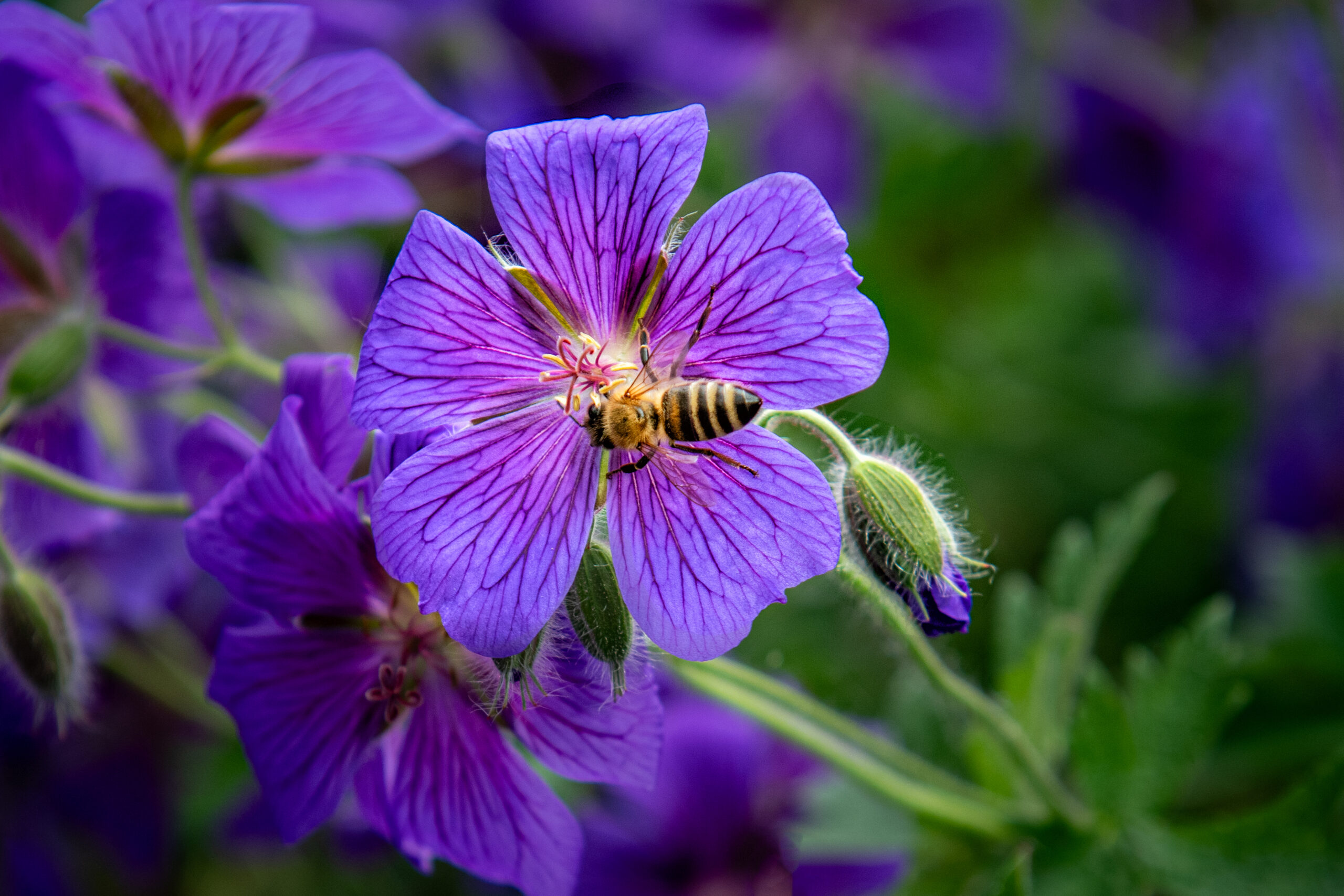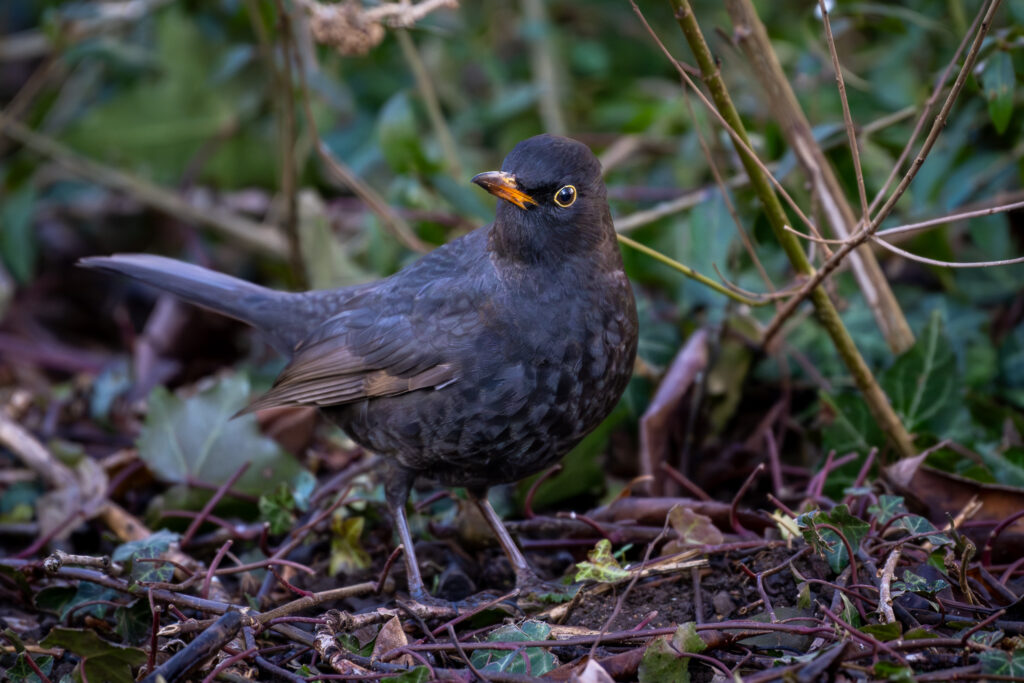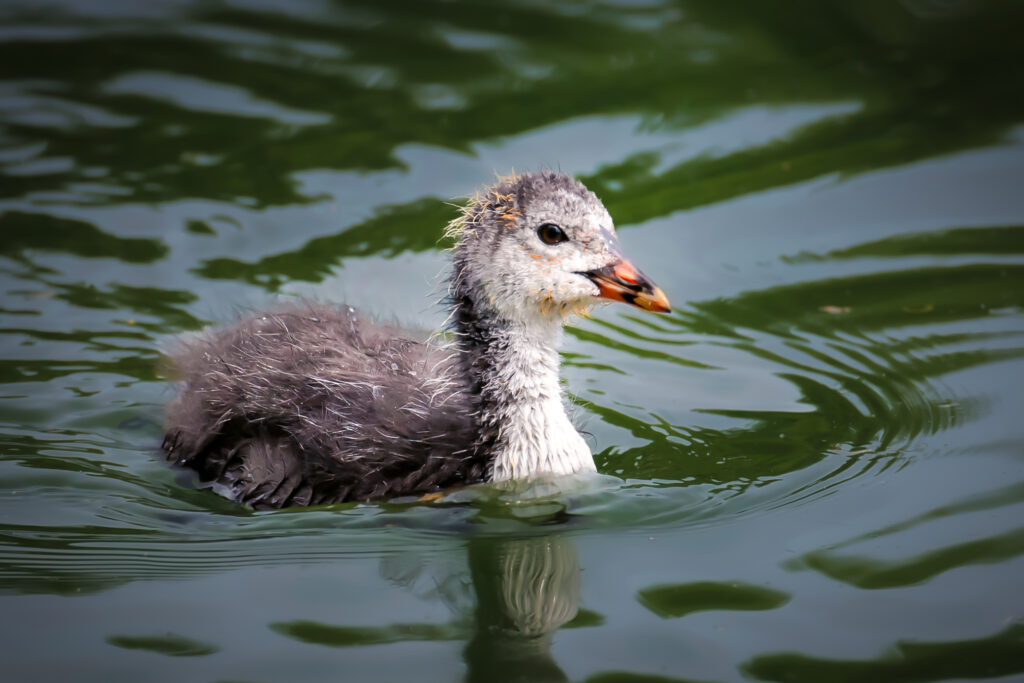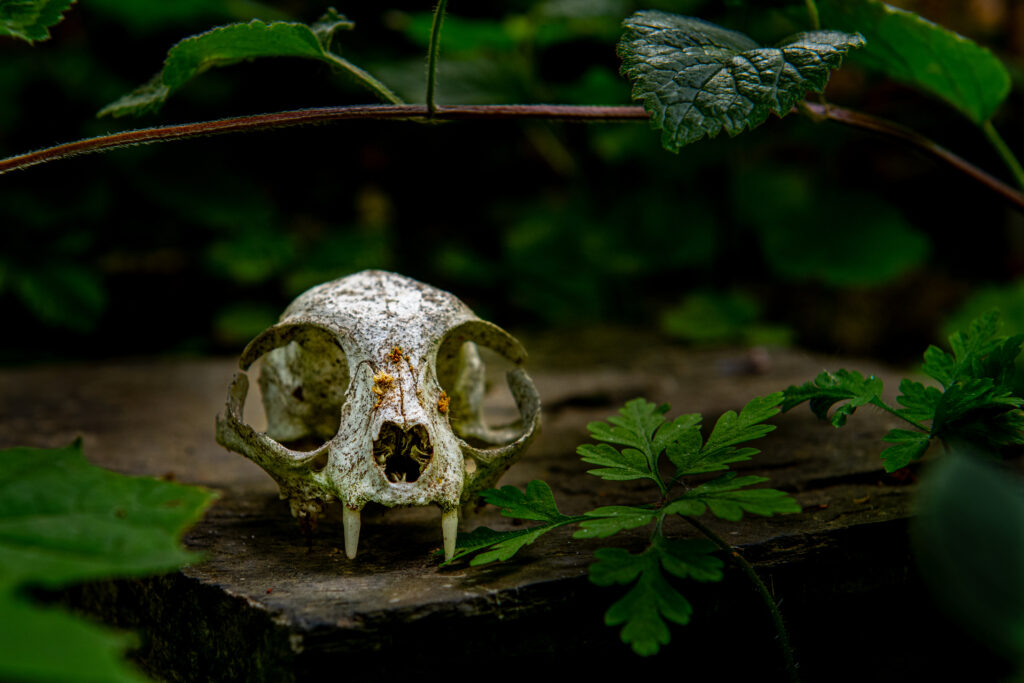Wildflowers: A Sanctuary for Bees and Bumblebees | Significance, Conservation, and Advantages

In the intricate web of nature, few sights rival the beauty of wildflower fields. However, their importance surpasses aesthetics. Wildflowers serve as crucial sanctuaries for bees and bumblebees, playing a pivotal role in maintaining ecological balance and biodiversity. Let’s delve deeper into the symbiotic relationship between wildflowers and pollinators, exploring their significance, conservation efforts, and benefits.
Importance of Wildflowers for Pollinators
Bees and bumblebees are indispensable pollinators, vital for the reproduction of numerous plant species, including essential crops for human sustenance. Nevertheless, their populations are dwindling due to habitat loss, pesticides, and climate change, posing significant threats to global biodiversity and food security.
The Role of Wildflowers in Supporting Pollinators
Wildflowers emerge as unsung heroes in this narrative. These resilient plants, adapted to diverse habitats, provide abundant nectar and pollen sources, ensuring the well-being of pollinators. Unlike cultivated flowers, wildflowers offer a variety of nutrients crucial for bee health, making them indispensable for pollinator survival.
Symbiotic Relationship between Wildflowers and Pollinators
The relationship between wildflowers and pollinators is symbiotic. As bees and bumblebees search for food, they inadvertently transfer pollen, facilitating pollination and ensuring the reproduction of wildflower species. In return, wildflowers rely on these insects for their reproduction and genetic diversity, perpetuating their existence.
Conservation Efforts and Benefits
Preserving wildflower habitats is paramount. Conservation efforts to protect and restore these ecosystems are crucial for safeguarding pollinator populations and promoting biodiversity. Establishing wildflower corridors in urban areas and agricultural landscapes provides vital refuges for bees and bumblebees, enhancing their resilience against environmental challenges.
Moreover, raising awareness and appreciation for wildflowers is essential for fostering conservation efforts. These ecosystems offer opportunities for recreation, education, and aesthetic enjoyment, making them valuable assets for communities. By instilling a sense of stewardship, we can inspire individuals to actively participate in wildflower conservation.
Conclusion
In the face of environmental pressures, the role of wildflowers in supporting pollinators is more critical than ever. It’s imperative that we protect and cherish these habitats through grassroots initiatives and policy interventions. Together, let’s ensure that wildflowers continue to bloom, providing sustenance and shelter for generations of pollinators. Embracing the beauty and biodiversity of wildflowers, we can cultivate a future where bees and bumblebees thrive amidst fields of vibrant blooms.




